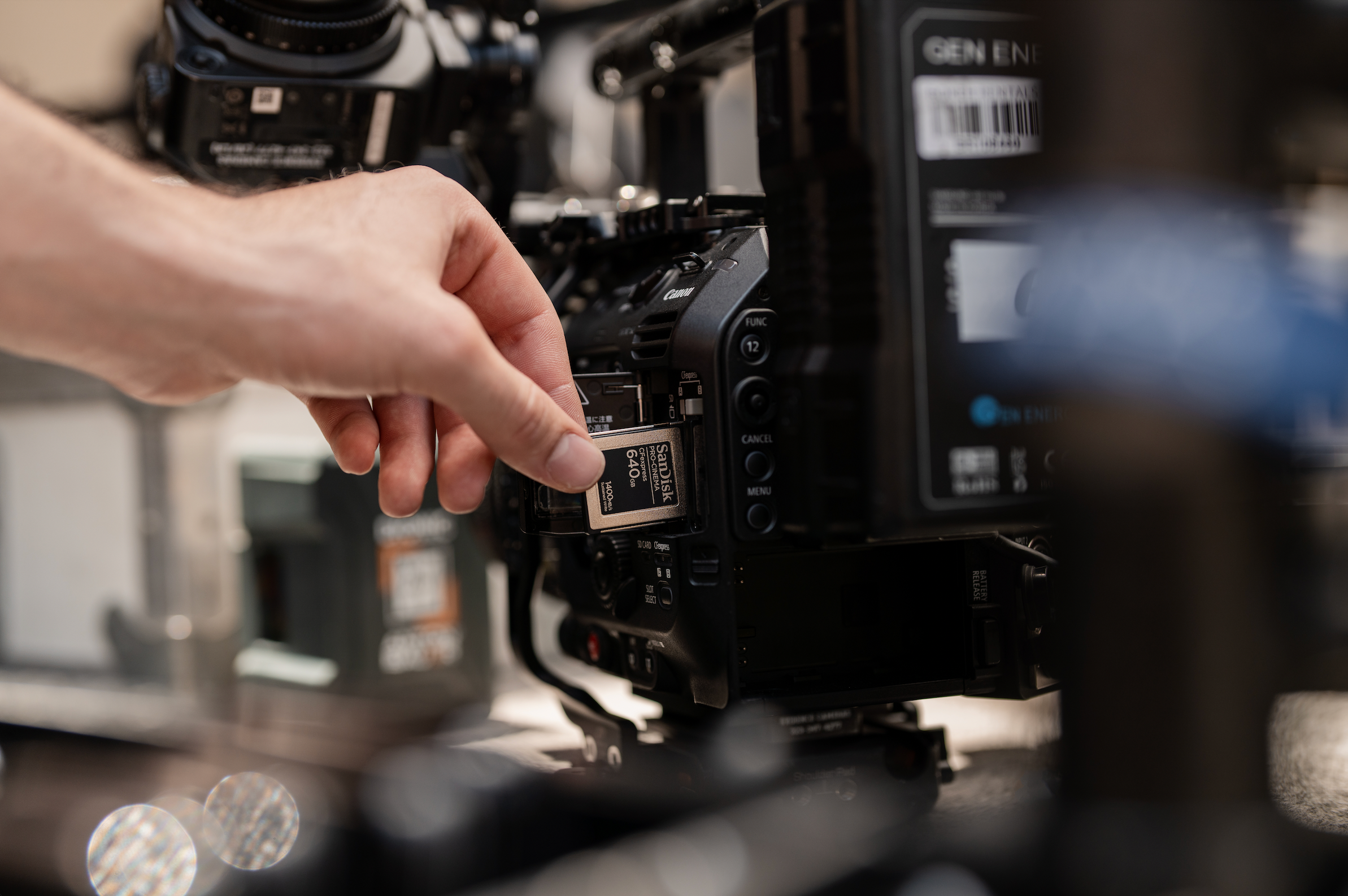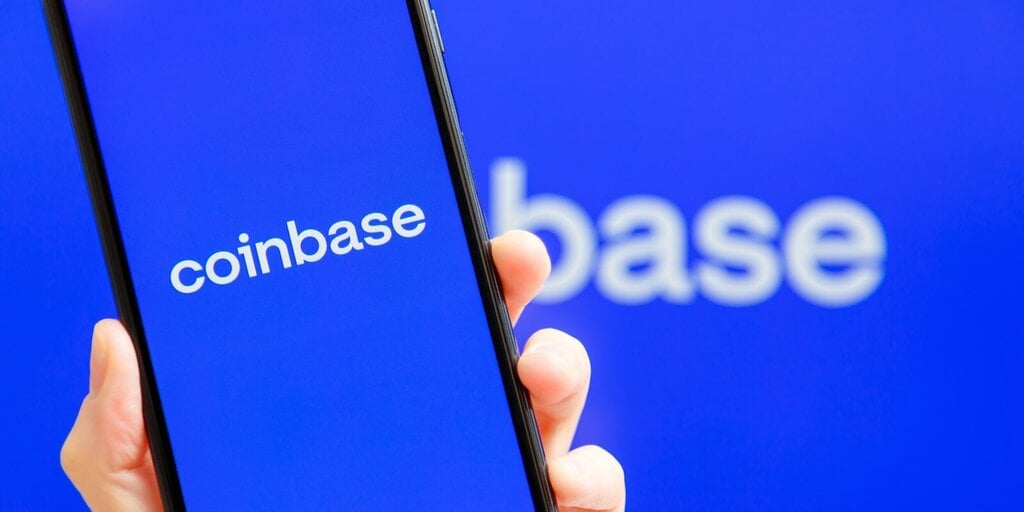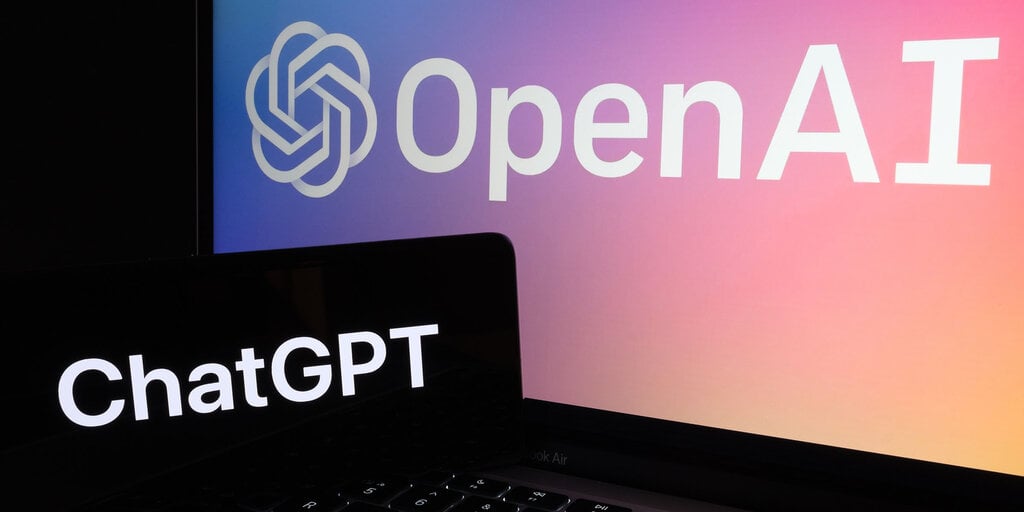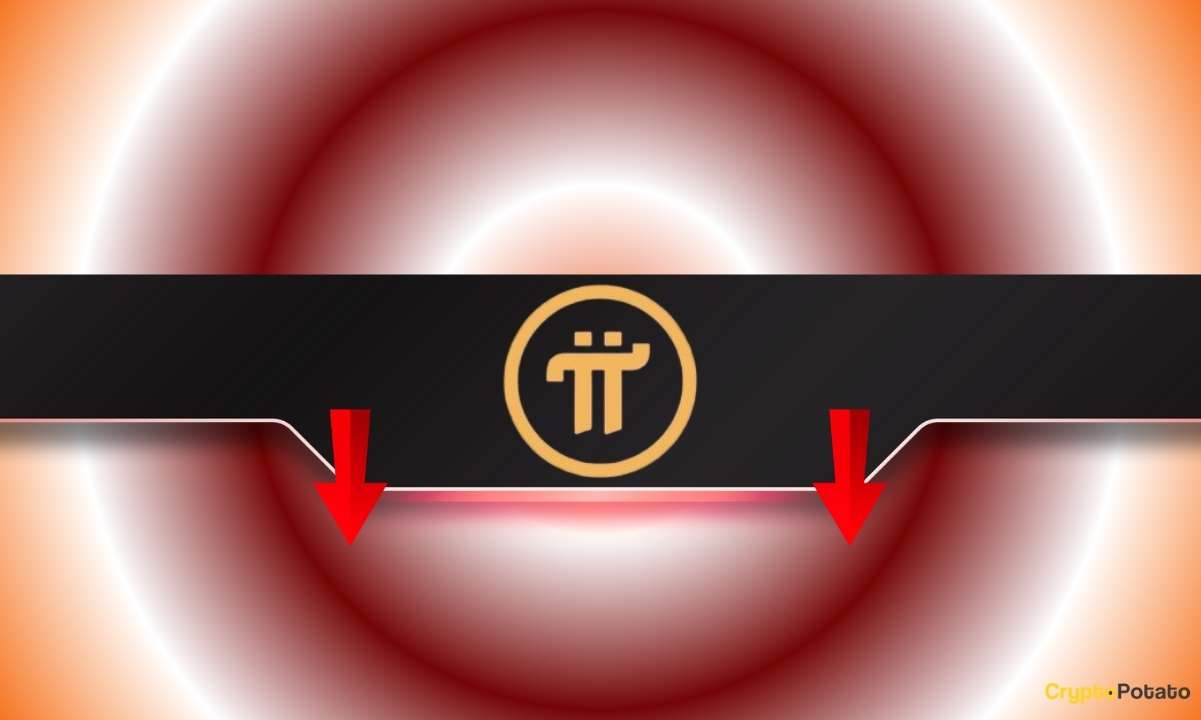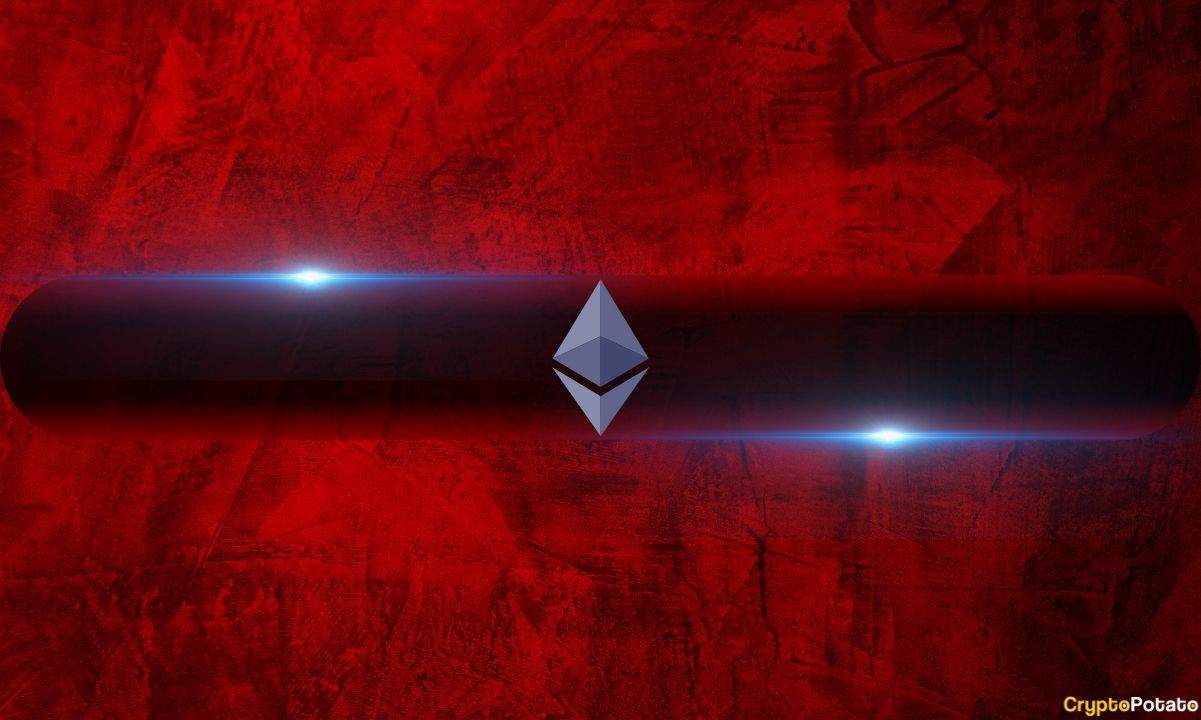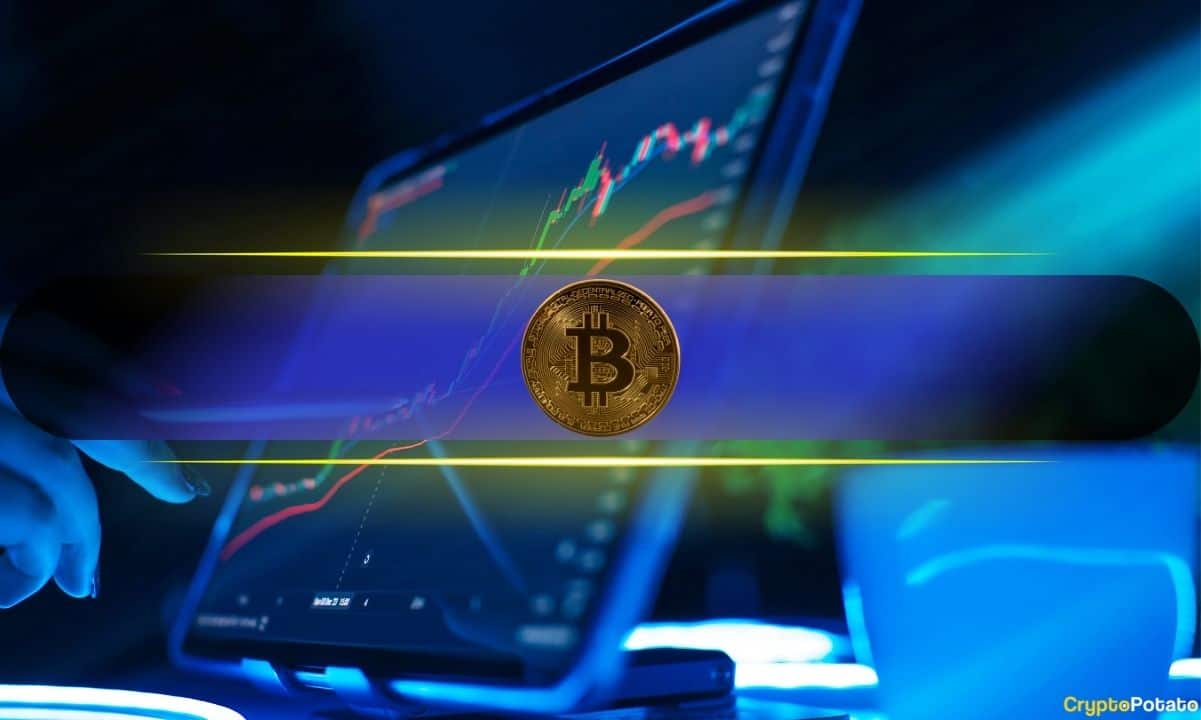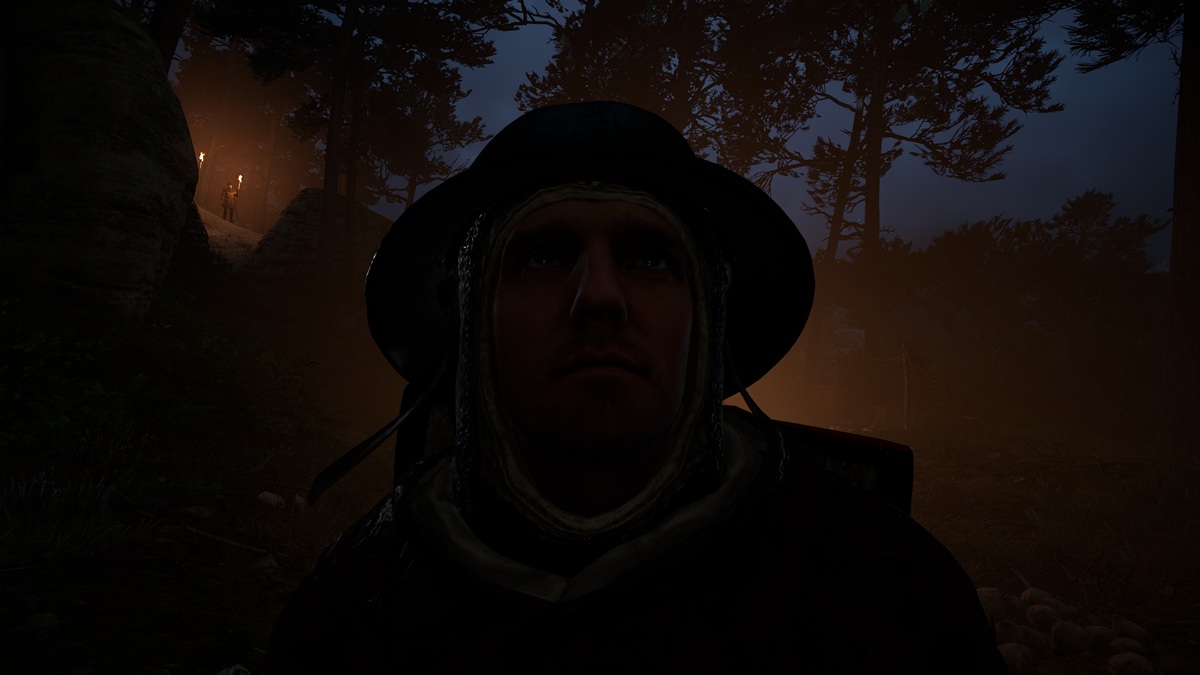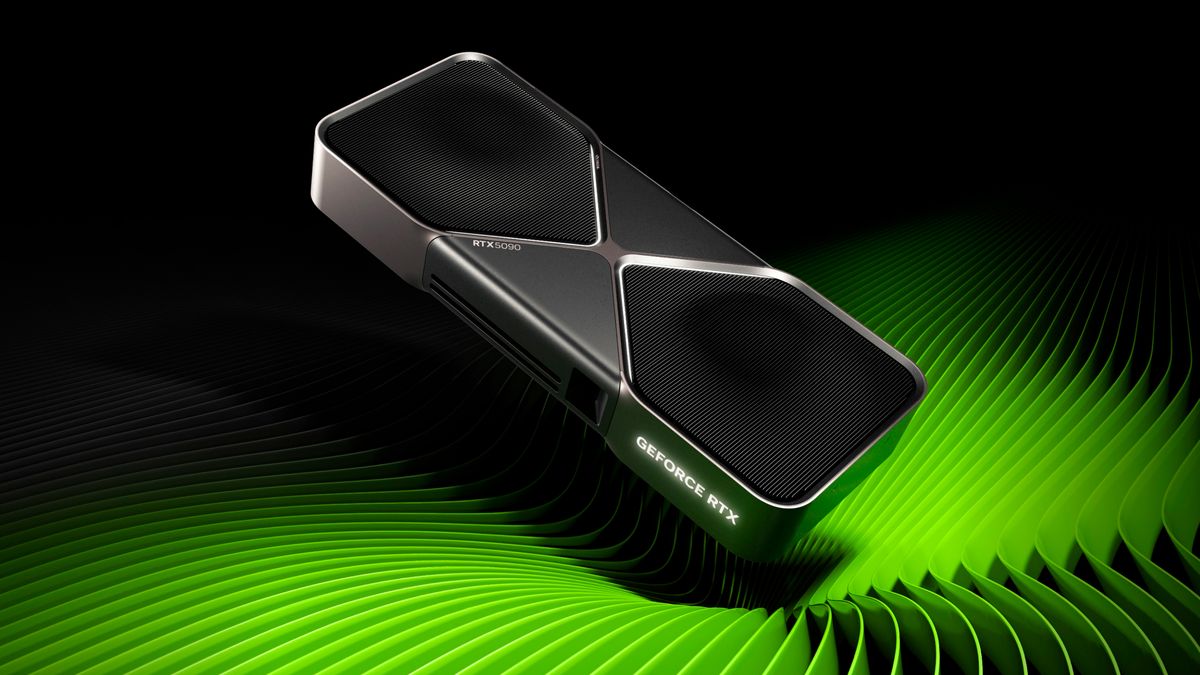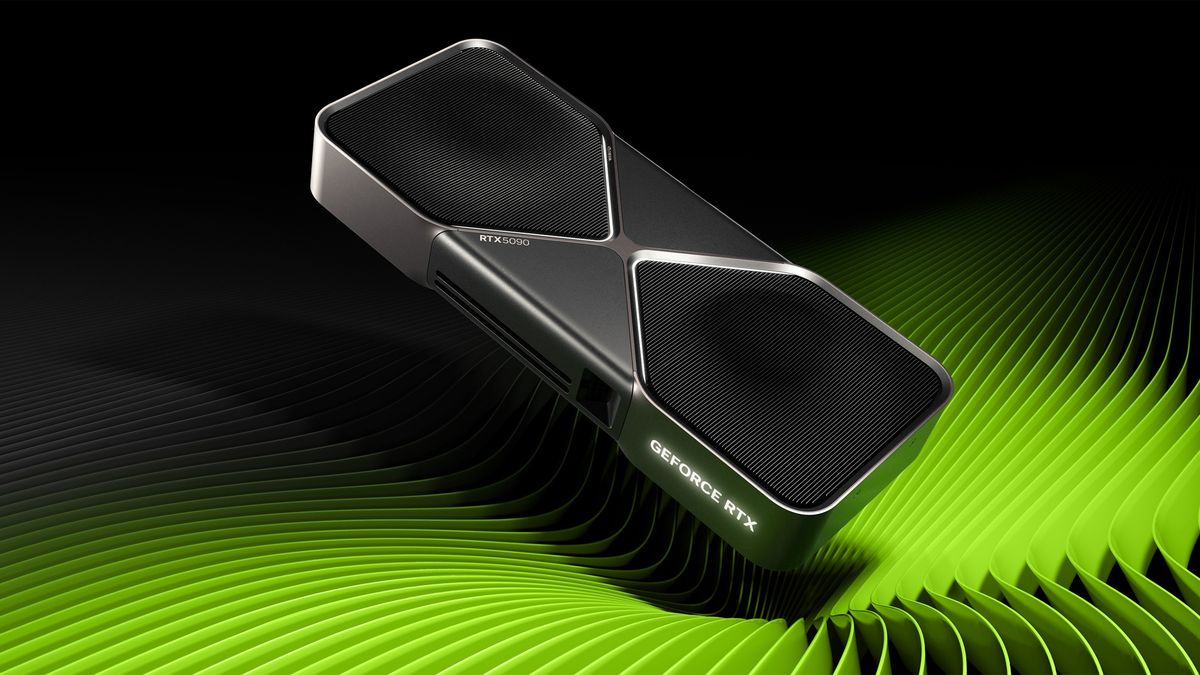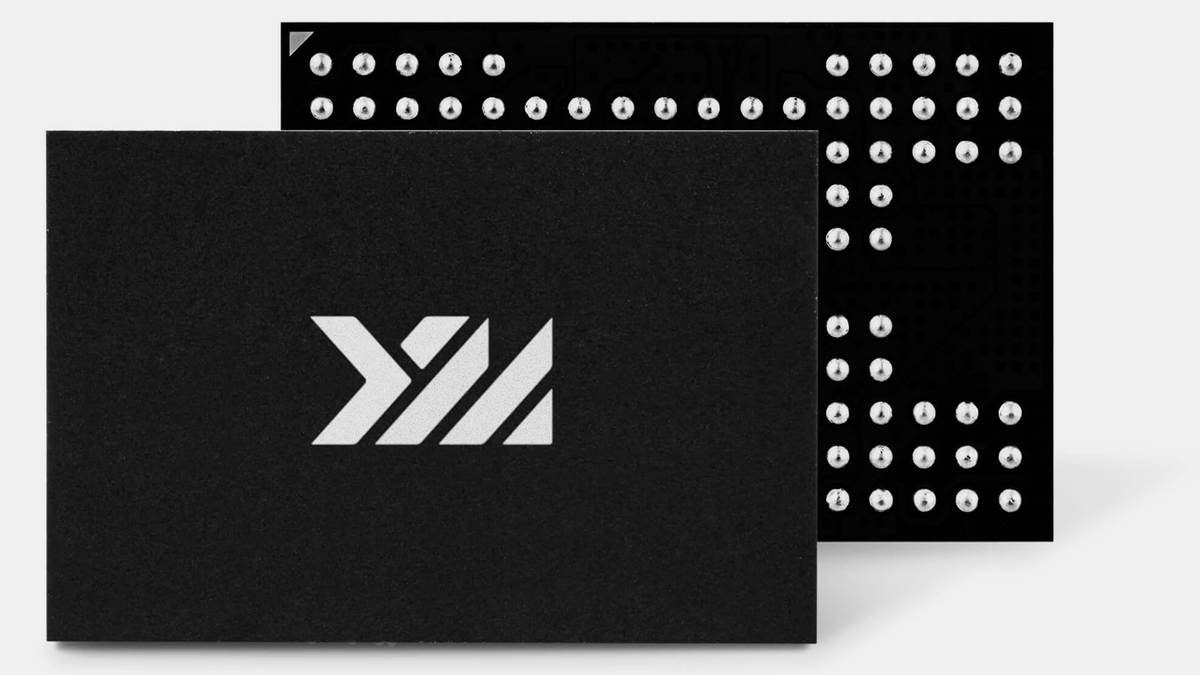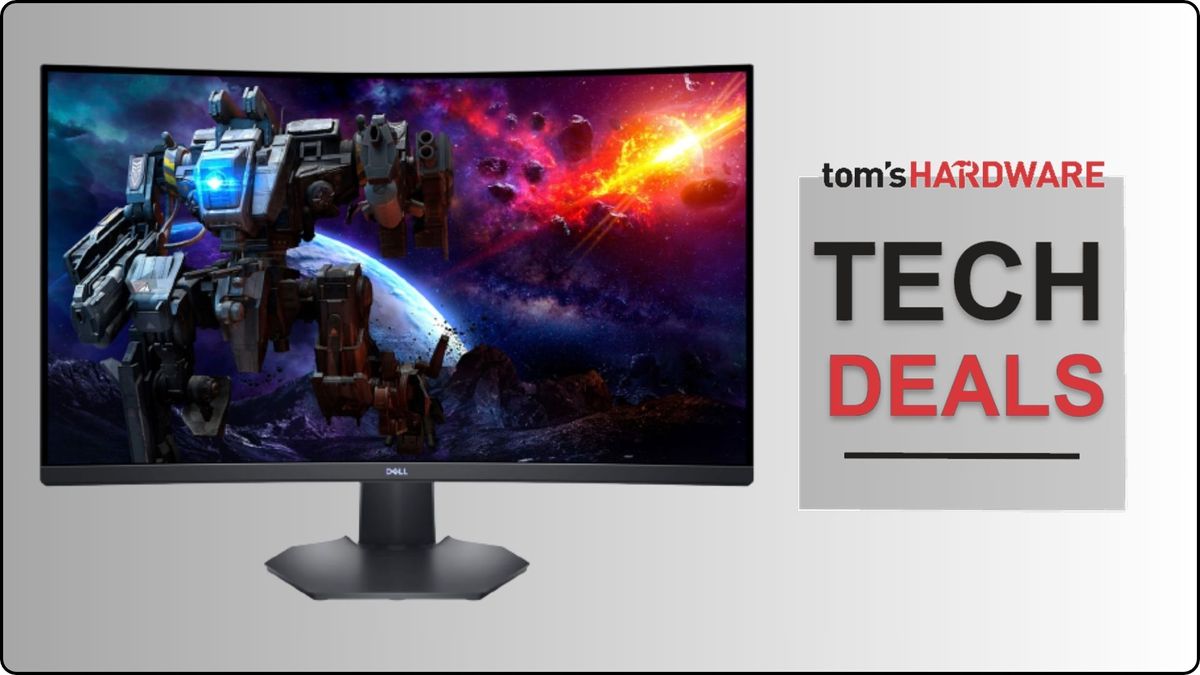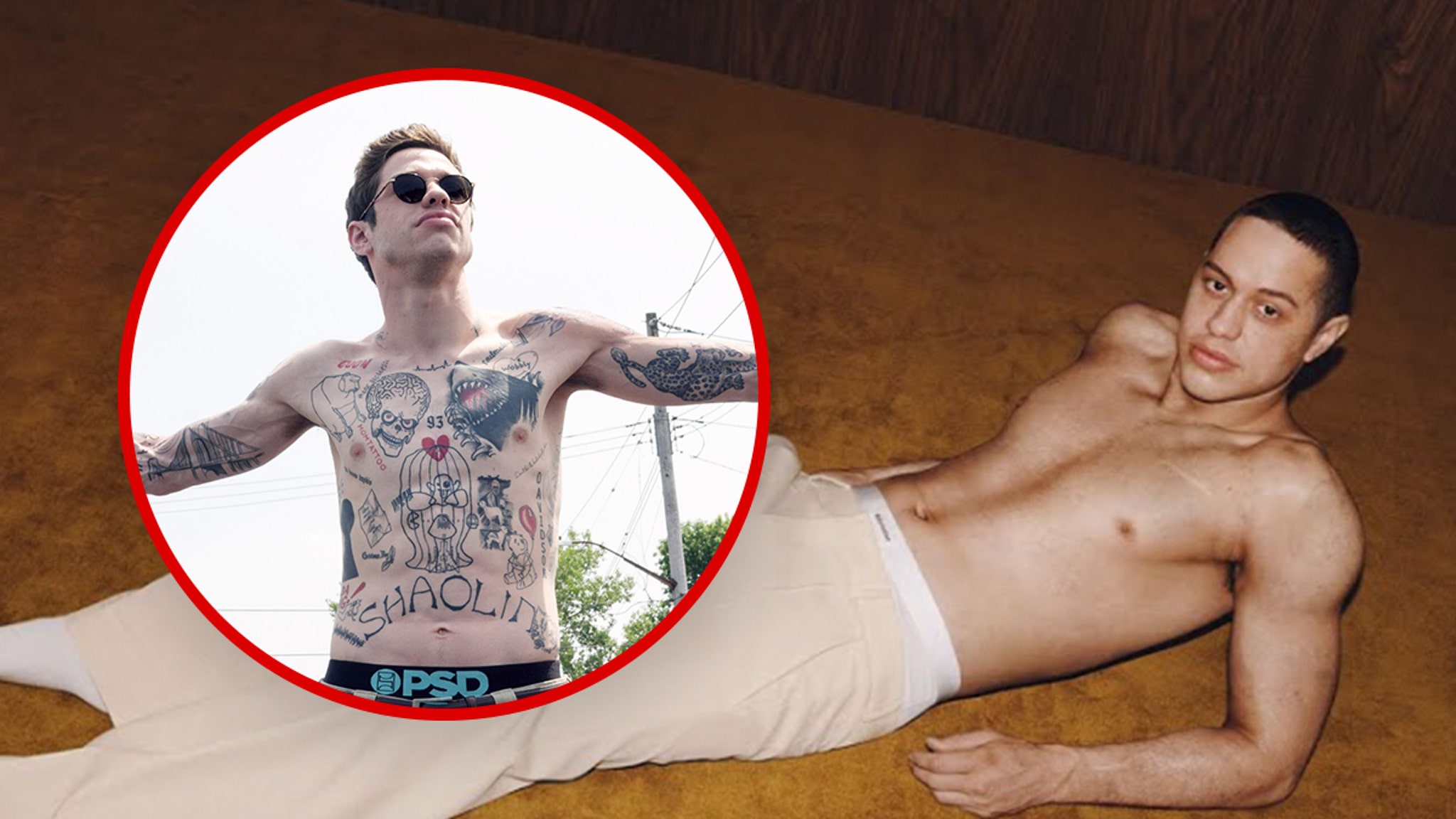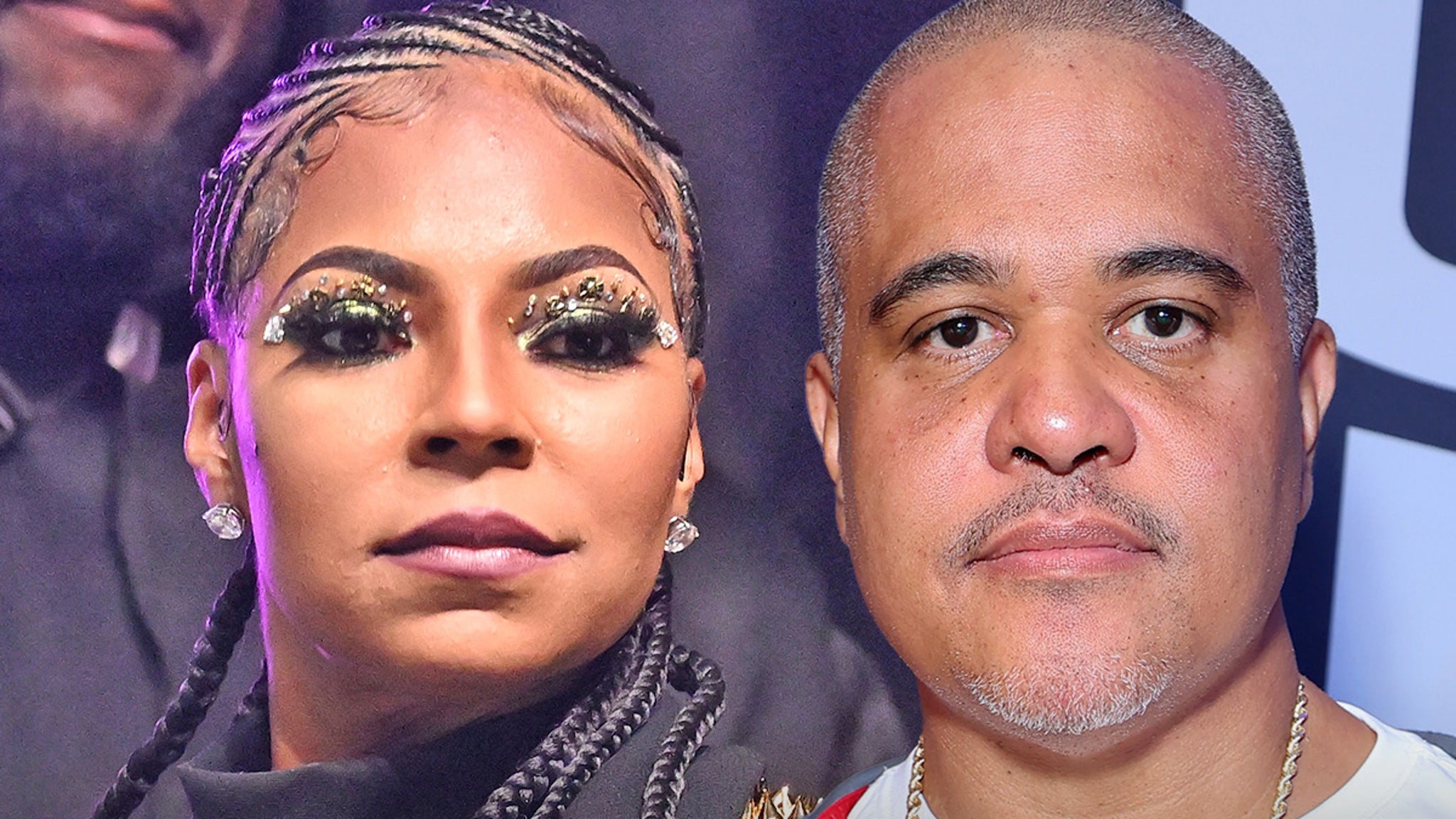Nintendo Switch 2 developers confirm DLSS, hardware ray tracing, and more
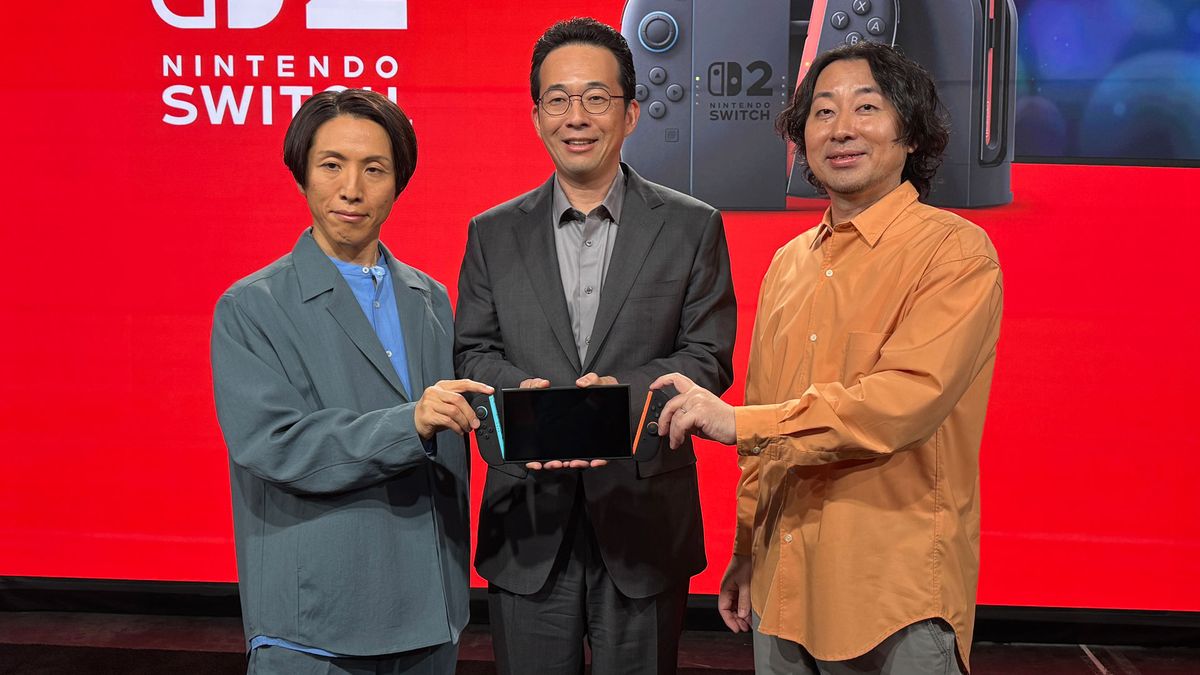

, the CPU and GPU in the Nintendo Switch 2 are boiled down to a vague "Custom processor made by NVIDIA." At a developer roundtable with some of the Switch 2's creators, we learned more about what to expect from the Switch 2's hardware, and the tools it can deliver to game developers.
Producer Kouichi Kawamoto, technical director Tetsuya Sasaki, and director Takuhiro Dohta took questions from the press (questions and answers through interpreter Raymond Elliget) about the new Switch.
"Nintendo doesn't share too much on the hardware spec," he said. "What we really like to focus on is the value we can provide to our consumers." Still, the group did drop some knowledge that can let us know what to expect.
We learned a bit about the tech Nintendo is leaning on, as well as some details about the hardware that didn't make the spec sheet. Here's what we found out:
DLSS and hardware ray tracing are confirmed
By sticking with Nvidia, Nintendo will be able to access its DLSS technologies.
Dohta confirmed that Nintendo uses DLSS upscaling technology and is offering it as a tool to others in response to a question from Inverse's Shannon Liao.
"When it comes to the hardware, it is able to output to a TV at a max of 4K and whether the software developer is going to use that as a native resolution or get it to a smaller rate and an upscale is something that the software developer can choose," he said. "And that's, I think it opens up a lot of options for the software developer to choose from."
As for hardware ray tracing, Dohta confirmed the chip can support it, and suggested this is yet another tool for software developers to choose to implement.
Battery life and system processing
Nintendo's official spec sheet claims that the Switch 2's 5220 mAh battery lasts between 2 and 6.5 hours on a charge as a "rough estimate." The developers of the system were reluctant to put a more specific number on it. Sasaki pointed out that it depends heavily on the game you're playing and the conditions you use the system in.
Dohta added that with features like GameChat, there are far more features on the system side that are more complex than the original system, and that the variability of battery life is even… wider than it was in Nintendo Switch, making it difficult to even compare the successor to the original system in terms of battery life.
Original Switch software is emulated
When asked about Nintendo's solution for backwards compatibility with Switch games and the GameCube classics available on the system, the developers confirmed these games are actually emulated. (This is similar to what Xbox does with backwards compatibility).
"It's a bit of a difficult response, but taking into consideration it's not just the hardware that's being used to emulate, I guess you could categorize it as software-based," Sasaki said of the solution.
Improved Bluetooth
The new Joy-Cons connect to the Switch 2 with Bluetooth 3.0. When asked about struggles players had with connecting multiple Bluetooth devices, including controllers and headsets, to the original Switch, Sasaki kept it simple:
"Yes, it has improved," he said.
He added that the size of the system and its bigger antennas should have "a big impact" and enable better connections. Additionally, the number of antennas has increased and "a lot" of further adjustments have been made.
Get Tom's Hardware's best news and in-depth reviews, straight to your inbox.
LCD over OLED
The Switch 2 has a 7.9-inch LCD display with support for HDR. A premium version of the original Switch had an OLED screen, which one member of the press said could be perceived as a downgrade.
Sasaki said that during development, many advancements had been made in LCD technology.
Kawamoto added that the OLED version of the original Switch didn't have HDR support, which this new LCD screen does.
The two USB Type-C ports
When asked by CNET's Scott Stein if the top USB-C port on the Switch 2 could be used for external displays like Xreal glasses
, Kawamoto said that only the bottom port on the system supports video out.
"So in terms of supporting the glasses, it's not an official Nintendo product, so it's hard to say, "Kawamoto said.
The top USB-C port has been demoed with the new Nintendo Switch 2 camera and can also charge the system in tabletop mode.
Andrew E. Freedman is a senior editor at Tom's Hardware focusing on laptops, desktops and gaming. He also keeps up with the latest news. A lover of all things gaming and tech, his previous work has shown up in Tom's Guide, Laptop Mag, Kotaku, PCMag and Complex, among others. Follow him on Threads @FreedmanAE and Mastodon @FreedmanAE.mastodon.social.
What's Your Reaction?
 Like
0
Like
0
 Dislike
0
Dislike
0
 Love
0
Love
0
 Funny
0
Funny
0
 Angry
0
Angry
0
 Sad
0
Sad
0
 Wow
0
Wow
0

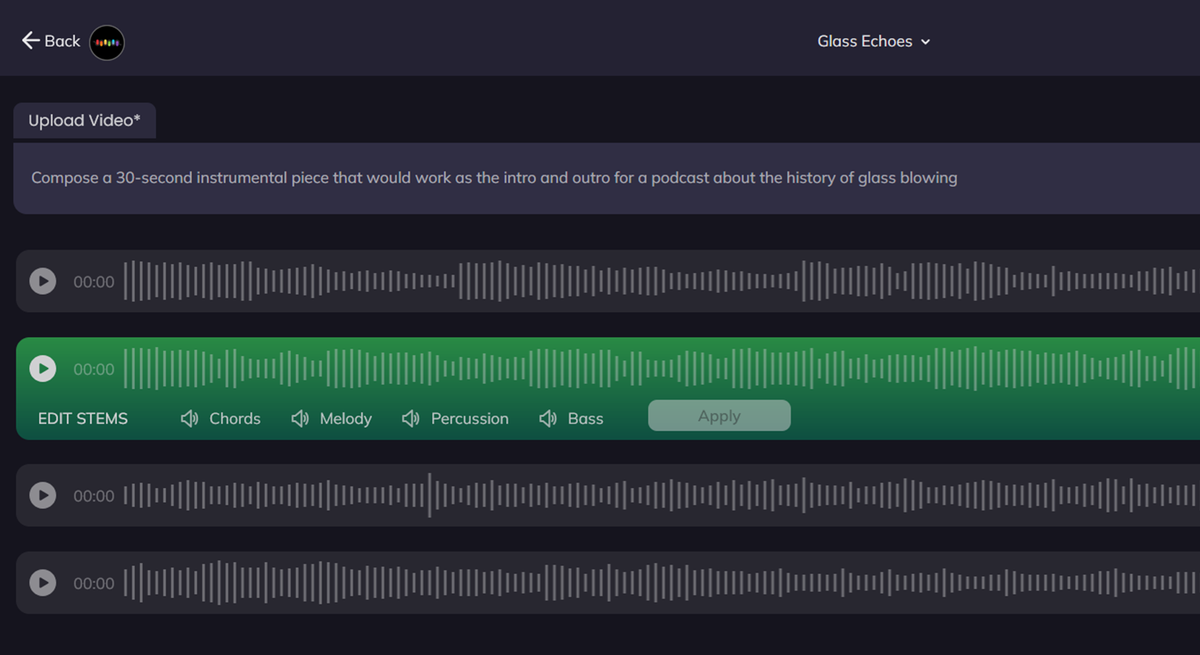

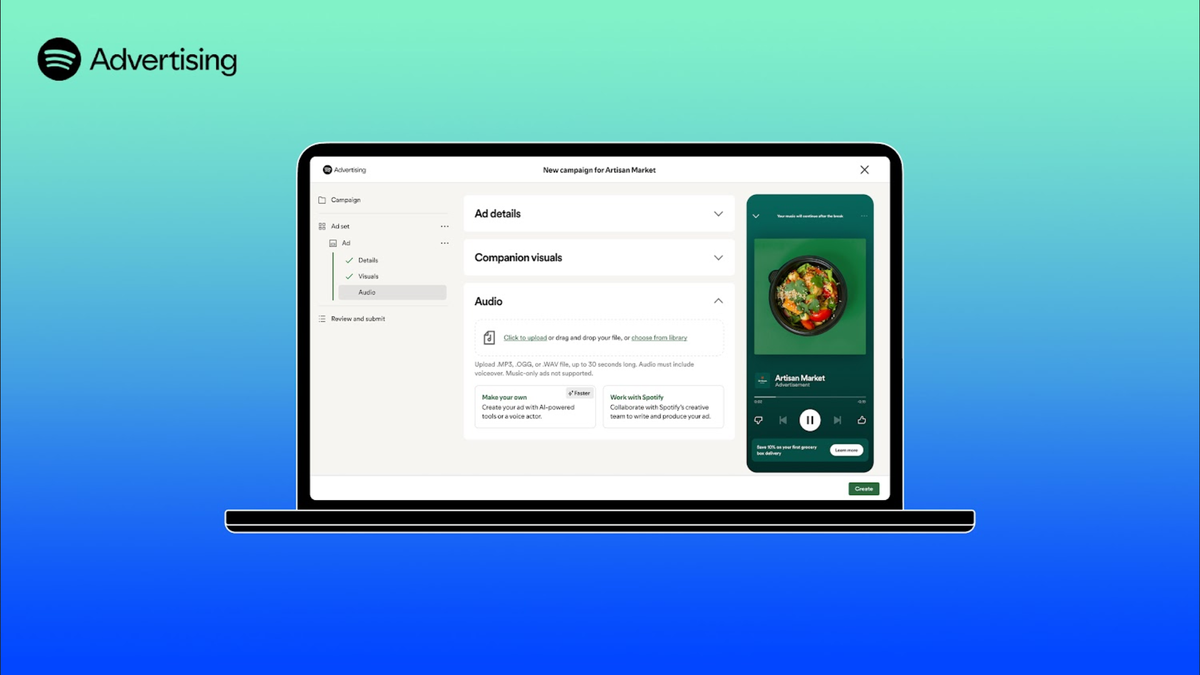

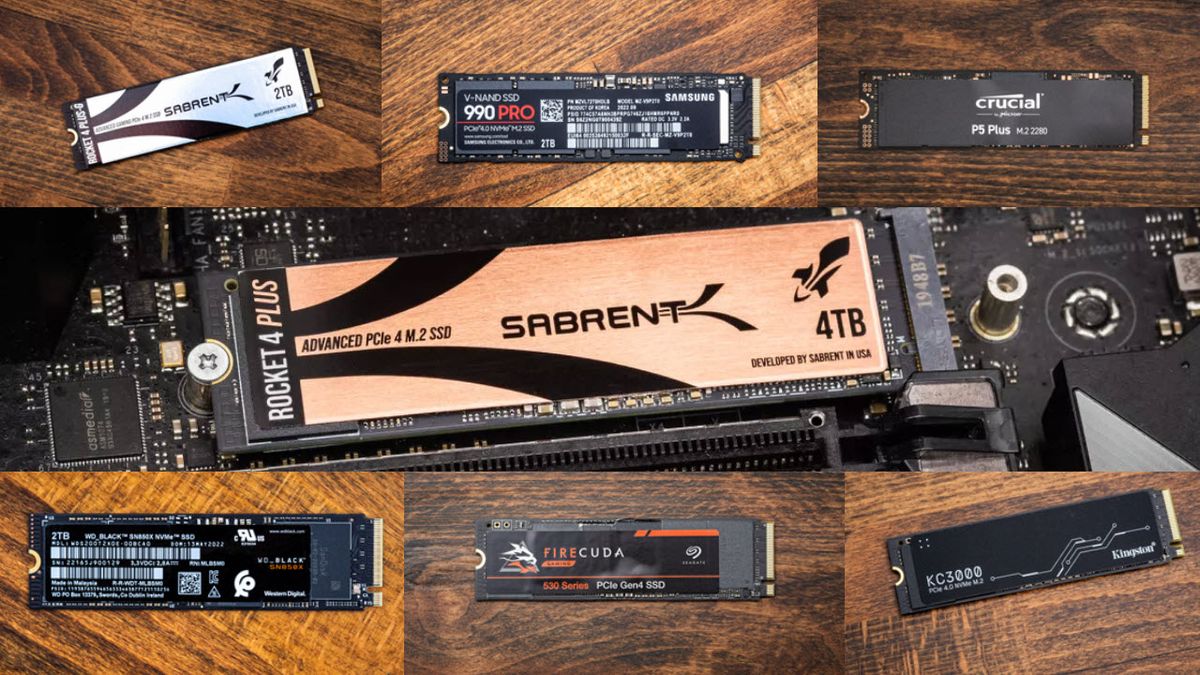
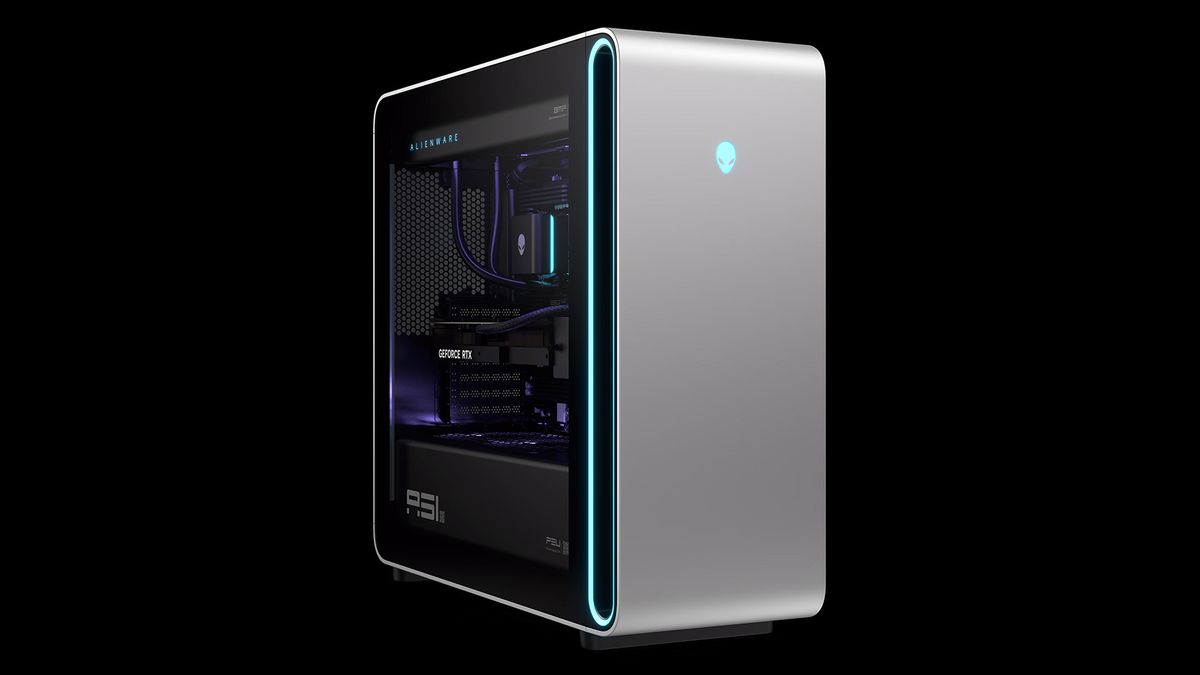
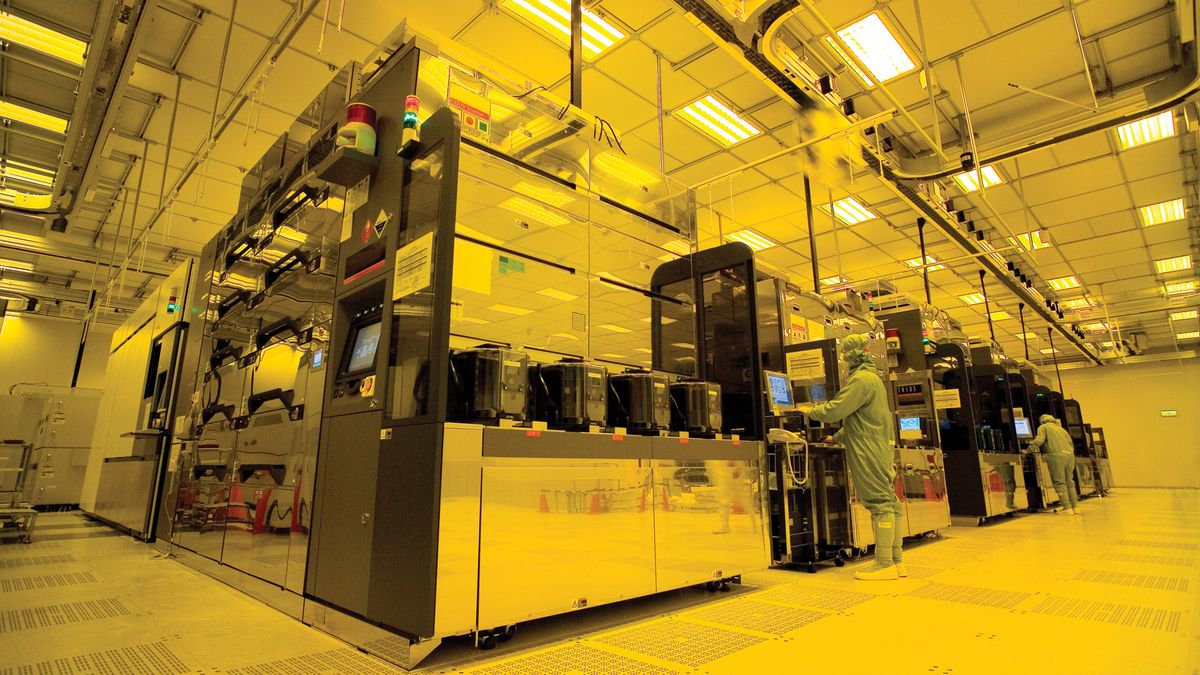
:quality(85):upscale()/2023/02/22/727/n/3019466/7139a92963f6429109d310.19360920_.jpg)
:quality(85):upscale()/2025/03/26/783/n/1922729/7cc10afb67e43e04a4a993.57627300_.png)
:quality(85):upscale()/2025/04/02/652/n/1922729/06eed55467ed4c2752b462.92913670_.png)
:quality(85):upscale()/2025/04/02/784/n/49352476/0e8cdda467ed789f1c55e2.54972444_.png)
